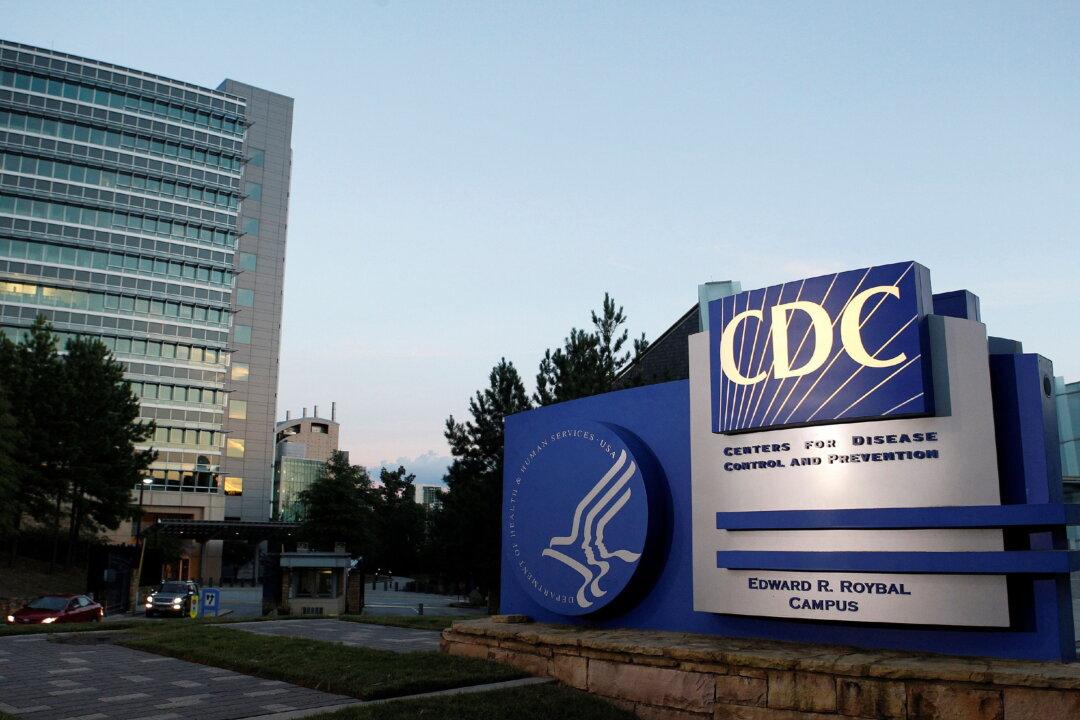A World Health Organization (WHO) official on May 10 claimed that China’s “comprehensive approach” has contained the transmission of COVID-19 in the country, while glossing over the Chinese regime’s heavy-handed methods used throughout the pandemic.
Dr. Mike Ryan, executive director of the WHO’s Health Emergencies Program, credited China’s “comprehensive approach” to COVID-19 and not its vaccination program that is now allowing Chinese citizens to “go about their normal daily life” as thousands of people, many without masks or social distancing, were allowed to attend a music festival in Wuhan, the epicenter of the pandemic, more than a week ago.





